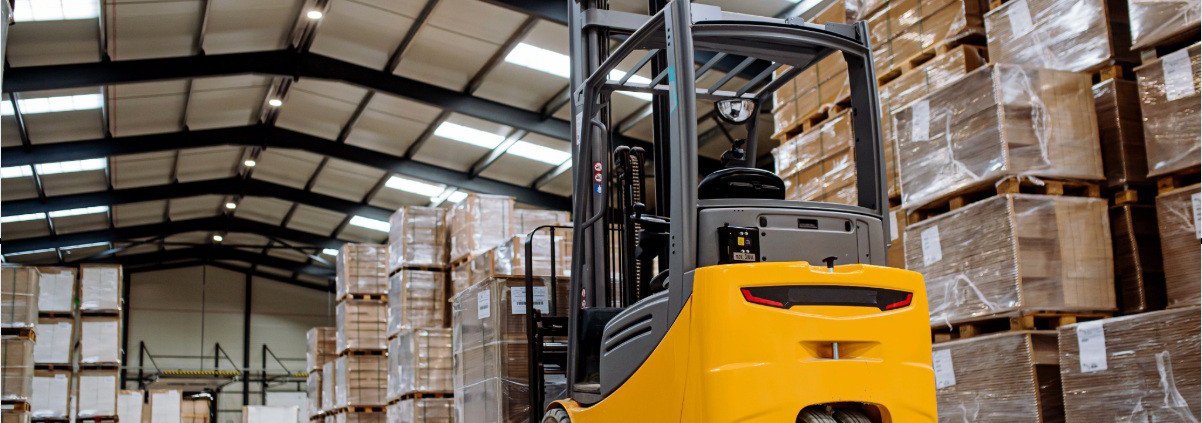The 2025 Forklift Battery Guide: What Operators Need to Know
In logistics, warehousing, and manufacturing, a forklift’s performance often hinges on one component: the battery. As operations scale and electrification becomes the norm, choosing the right forklift battery isn’t just a cost decision — it’s one of safety, productivity, and long-term sustainability.
This guide addresses key concerns from today’s forklift operators and managers in the U.S. market, offering an objective look at what matters in 2025 when it comes to battery technology, reliability, and efficiency.
Common Pain Points Among Forklift Battery Users
- Unexpected Downtime
Operators often experience productivity disruptions due to underperforming or unreliable batteries — including mid-shift battery failure, long charge cycles, or inconsistent runtime. In multi-shift operations, this becomes even more critical.
Key Concern: Lead-acid batteries require long charging and cool-down windows, limiting equipment availability during peak hours.
- High Maintenance Requirements
Lead-acid batteries need frequent watering, corrosion checks, and regular cleaning. Facilities without dedicated battery maintenance staff may struggle to perform these tasks consistently.
Key Concern: Users prefer maintenance-free solutions to minimize human error and equipment degradation.
- Space Constraints
Charging infrastructure for traditional batteries occupies valuable warehouse space. Battery swap areas, ventilation needs, and cable management can make space planning more complex.
Key Concern: Battery solutions with lower infrastructure demands and smaller charging footprints are preferred.
- Inconsistent Performance Across Shifts
Battery degradation, improper charging habits, or poorly matched battery capacity often lead to certain batteries failing to last through full shifts, leading to inconsistent equipment availability.
Key Concern: Operators want batteries that deliver predictable, shift-long performance.
Top Product Features Operators Are Looking For
Industry data and user discussions reveal a shift in expectations for forklift batteries in 2025. Key features that decision-makers now prioritize include:
- Extended Runtime & Fast Charging: Support for full-shift operation and opportunity charging without compromising lifespan.
- Low Maintenance: Systems that reduce or eliminate daily manual intervention.
- Form Factor Flexibility: Compatibility with various forklift models and operating voltages.
- Battery Health Monitoring: Tools that give visibility into charge cycles, temperature, and diagnostics.
- Environmental Adaptability: Cold storage, humid environments, and variable load conditions demand resilient technology.
Comparison of Forklift Battery Types
🔋 Lead-Acid Batteries
A legacy solution with relatively low upfront cost and widespread availability. Downsides include:
- Regular watering and cleaning
- Emission of gases (hydrogen/oxygen)
- Slow charging and required cool-down periods
- Shorter cycle life (~1,200–1,500 cycles)
🔋 Lithium-Ion Batteries
Increasingly common in modern operations. Key benefits:
- Maintenance-free design
- Up to 2–3x longer cycle life than lead-acid
- Faster charging (often within 1–2 hours)
- Opportunity charging compatible
- Higher energy density and reduced weight
According to the U.S. Department of Energy (DOE), lithium-ion battery costs per kWh have dropped by over 85% in the past decade, making them more accessible for industrial use.
🔋 Hydrogen Fuel Cells
Primarily used in large-scale distribution centers with centralized fueling infrastructure (e.g., Amazon, Walmart). Offer rapid refueling and consistent runtime but require high capital investment and hydrogen supply logistics.
Common Concerns When Upgrading Battery Technology
✅ Will it fit my existing forklifts?
Most lithium-ion batteries are designed to be drop-in replacements for existing battery sizes and voltages (24V, 36V, 48V). Still, you’ll want to confirm connector types, controller compatibility, and battery compartment space before switching.
✅ Are lithium batteries safe?
Yes — when built and used properly. Industrial lithium batteries include Battery Management Systems (BMS) that monitor voltage, current, and temperature. Many are UL 2580 or UL 2271 certified for industrial safety.
✅ Will it work in cold environments?
Many lithium batteries now include built-in heaters or thermal regulation systems, allowing them to operate reliably in cold storage or outdoor environments as low as -20°C (-4°F).
✅ How can I evaluate long-term value?
Beyond the purchase price, total cost of ownership (TCO) includes:
- Maintenance frequency
- Downtime risk
- Cycle life
- Charging efficiency
- Battery replacements over 5–10 years
Lithium batteries often win on TCO even if initial investment is higher.
Market Trend Snapshot (U.S., 2025)
According to the Industrial Truck Association (ITA), electric forklifts now make up over 65% of new forklift purchases in North America, driven by sustainability initiatives, safety standards, and regulatory incentives.
Trends to watch:
- Incentives from utility providers to electrify fleets
- OSHA focus on indoor air quality and hydrogen/acid emissions
- Demand for telematics integration and cloud-based battery analytics
- Shift away from battery-swapping models toward fast-charge/onboard charging
Frequently Asked Questions (FAQ)
- Can I replace a lead-acid forklift battery with a lithium battery?
Yes — most lithium forklift batteries are designed to fit standard battery compartments and voltages. However, it’s best to confirm BMS compatibility, cable connections, and weight distribution with your equipment manufacturer or battery supplier.
A detailed replacement procedure is outlined in this technical guide: How to Replace a Lead-Acid Forklift Battery with a Lithium One
- How long does a lithium forklift battery last?
Lithium batteries typically support 2,000 to 4,000+ charge cycles, depending on how frequently and deeply they’re discharged. This equates to several years of use in daily operations.
- Are lithium batteries safe to use in industrial equipment like forklifts?
Yes. High-quality lithium batteries designed for industrial use are equipped with a Battery Management System (BMS) for built-in safety controls and are certified to meet standards such as UL 2580 or UL 2271. These batteries are fully sealed, non-spillable, and do not release gas or acid, making them safe and low-maintenance in warehouse environments.
- Can lithium batteries operate reliably in cold storage or low-temperature conditions?
Yes. Many lithium forklift batteries are engineered with integrated heating elements and thermal management systems, allowing them to perform safely in environments as cold as -4°F (-20°C). It’s important to select a battery model that’s rated for the specific temperature conditions of your application.
- Are lithium batteries suitable for multi-shift or heavy-duty operations?
Yes. Lithium batteries are ideal for multi-shift work because they:
- Allow for opportunity charging during breaks
- Eliminate downtime due to battery changes or cool-down
- Deliver consistent performance throughout the shift
- Do lithium forklift batteries require a special charger?
Yes, lithium batteries typically require a dedicated charger that matches their voltage, current, and communication protocol. Smart chargers often enable remote monitoring and faster charging times.
- Are lithium batteries really maintenance-free?
Compared to lead-acid, yes. They don’t need watering, equalizing, or acid clean-up. Maintenance is limited to occasional inspection of terminals and ensuring proper charging.
- How can I monitor battery status and health?
Modern lithium batteries often include:
- Digital displays or mobile interfaces
- Real-time tracking of charge status, temperature, cycle count
- Integration with fleet management systems for predictive maintenance and analytics


